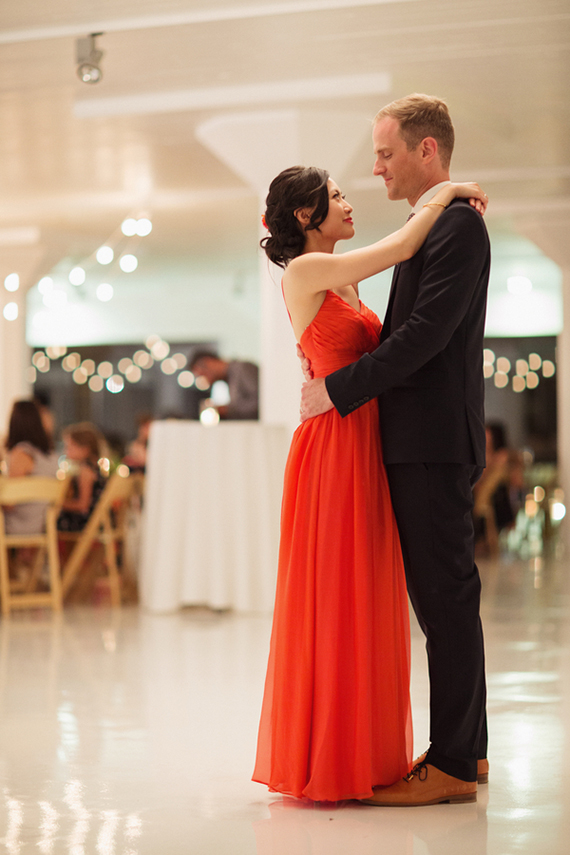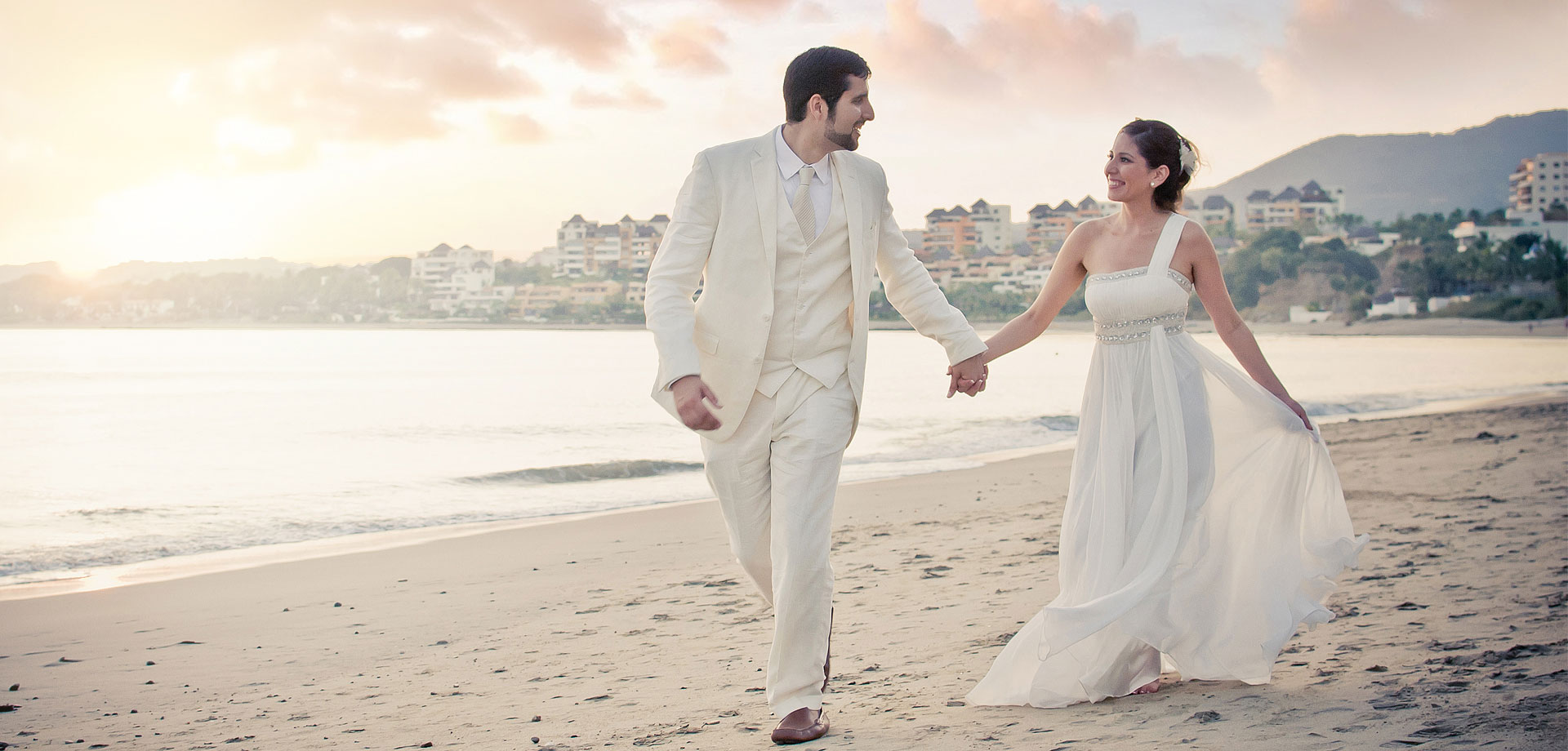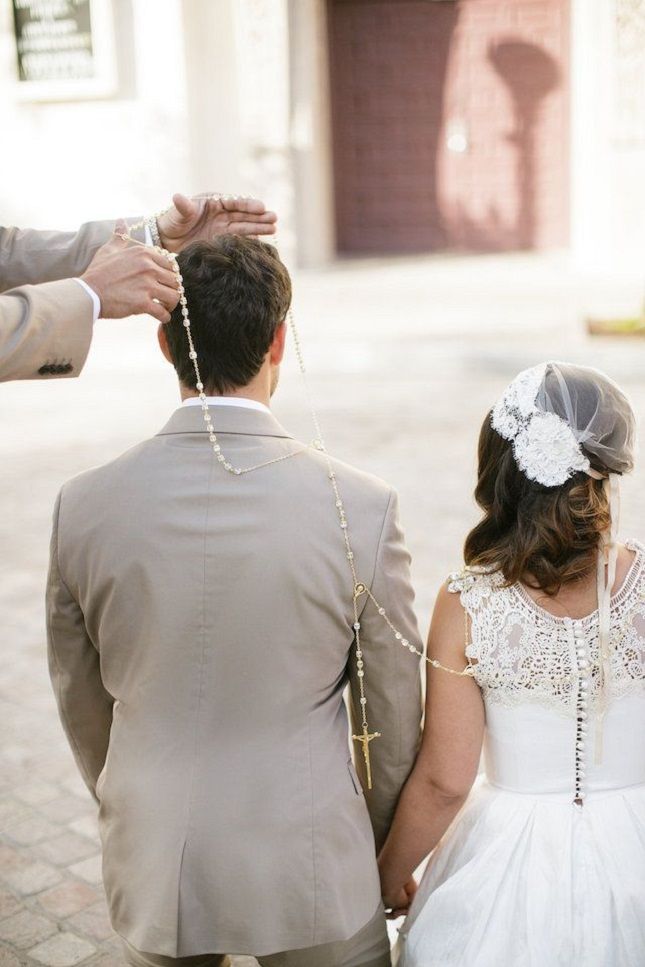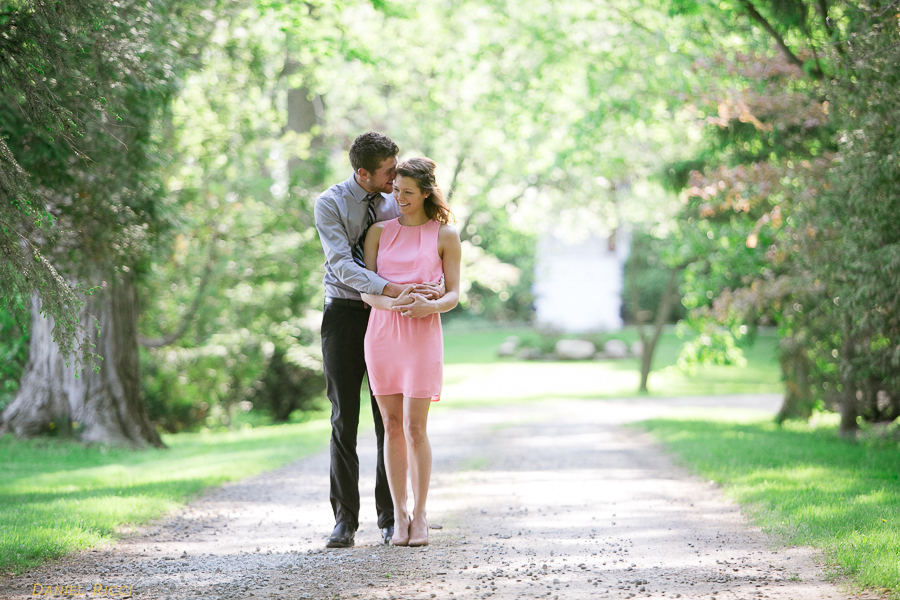Weddings are rife with traditions, and they vary greatly depending on the religion you have and the country you’re from. We’re all well aware of the most common traditions from this side of the world but there are plenty of interesting international wedding traditions that are practiced, some of which you might even choose to borrow. Here are our top five international wedding traditions you can borrow.
Chinese tradition
Custom: Multiple outfit changes
Traditionally, Chinese brides change their wedding dress at least three times during their wedding. The first dress is worn for a traditional tea ceremony with the groom’s family. It’s usually simple and respectful for the in-laws, nothing too elaborate. The second dress is for the wedding ceremony itself and the third dress is for the wedding reception. At this point in the day, Chinese brides often change into a fourth or even fifth outfit for fun. Put your own spin on the Chinese tradition with a second dress for your wedding reception.
German tradition
Custom: Kidnap the bride
There is a German custom to ‘kidnap the bride’ before the wedding, allowing the groom to find her with the help of friends and family. The search usually takes the groom to a local pub where the bride is waiting. The groom usually has to either buy a drink for everyone who wants to join him in the search, or pay for all the drinks that have been had in the local pub where the bride is while she’s been waiting. This can be a fun tradition to incorporate into your own wedding. You could even leave a treasure hunt of clues that lead to each other until the groom can find the bride.
Mexican tradition
Custom: Ceremony lasso
As part of a Mexican ceremony, a large ‘lasso’ or rosary beads or cord is placed in a figure eight shape around the necks of the couple after the vows to symbolise unity. It can often be intertwined with orange blossoms to symbolise fertility and happiness. The couple wears the lasso for the remainder of the ceremony and is removed and then given to the bride as a memento. This tradition could actually be mixed in with the old Irish tradition of tying a cord around the couple’s clasped hands, which also symbolises unity and the agreement of the couple to spend their lives together.
Icelandic tradition
Custom: Long engagement
Engagements don’t tend to be rushed in Iceland. In fact, the average length of time between a couple’s engagement and marriage is about three to four years. The long engagement signifies the importance and seriousness of marriage. Couples are urged to take their time with their engagement. Once the run up to the wedding has begun, there could be as much as a week of celebratory events. Engagement lengths vary greatly over here, but there are plenty of reasons to adopt this Icelandic tradition and enjoy a long engagement.
Polish tradition
Custom: Giving bread and salt
In Poland, the bride and groom are presented with bread and salt upon arrival to their reception. The bread symbolically ensures that the couple will never go hungry, while the salt reminds the couple of the importance of coping with life’s difficulties. It is then customary for the couple to have their first toast, when they are presented with two glasses, one with vodka and one with water. The couple choose one each without knowing which is which. The one who receives the vodka is said to be the dominant partner in the relationship. A modern twist on this tradition is to fill both glasses with vodka to symbolise an equal relationship.
- Jenny Darmody
Image credits: China: Lucida Photography via 100 Layer Cake | Germany: Lido Photo | Mexico: Pinterest | Iceland: Daniel Ricci Wedding Photography | Poland: Glenn Alderson Photography






